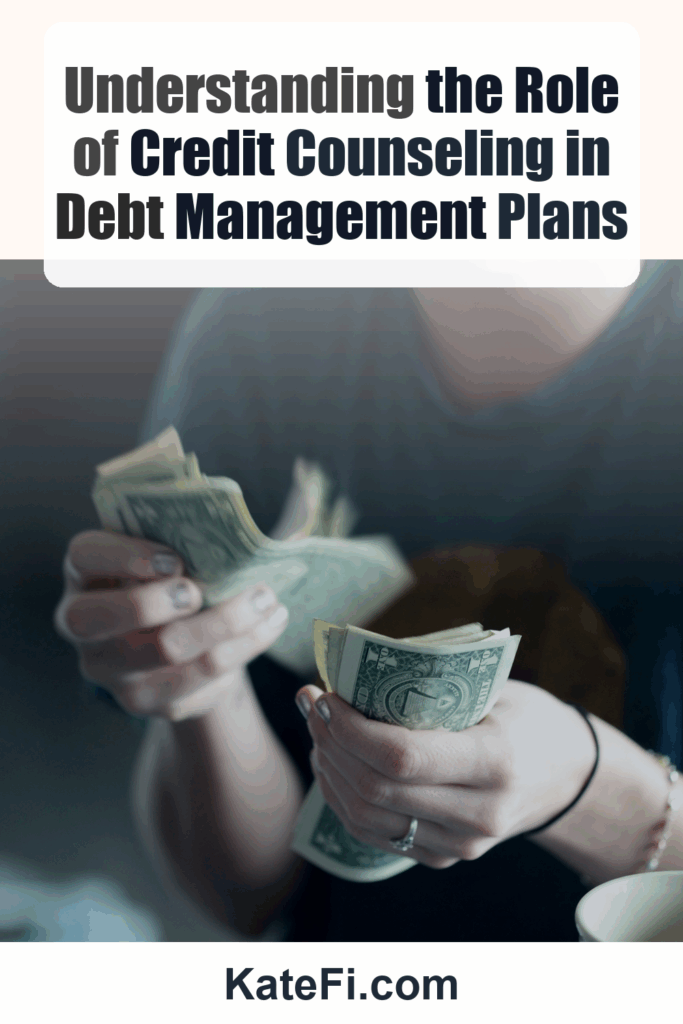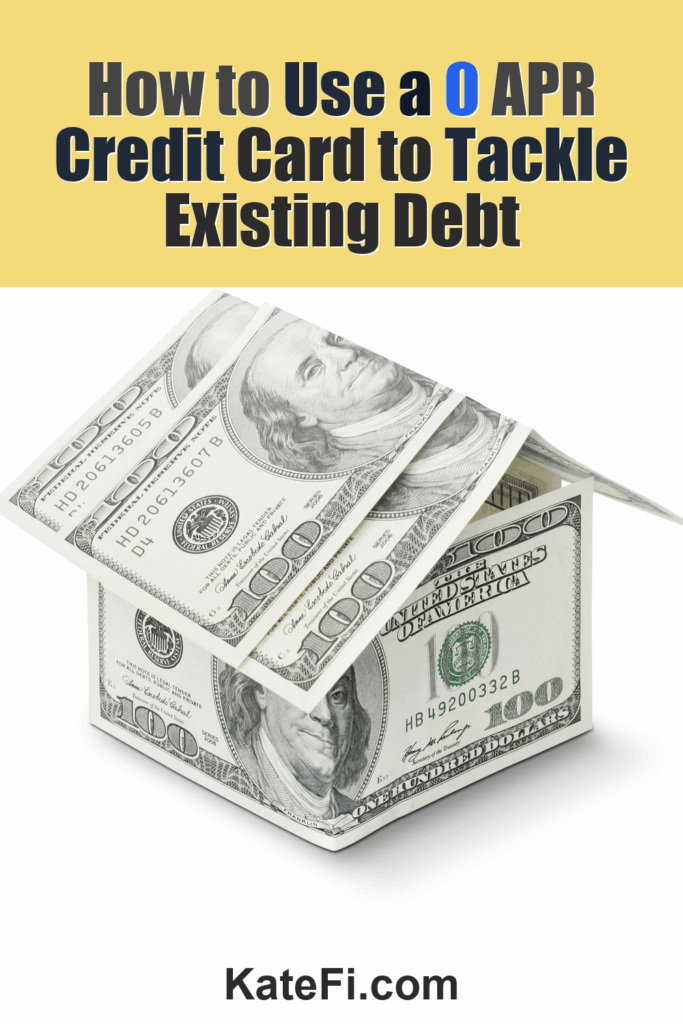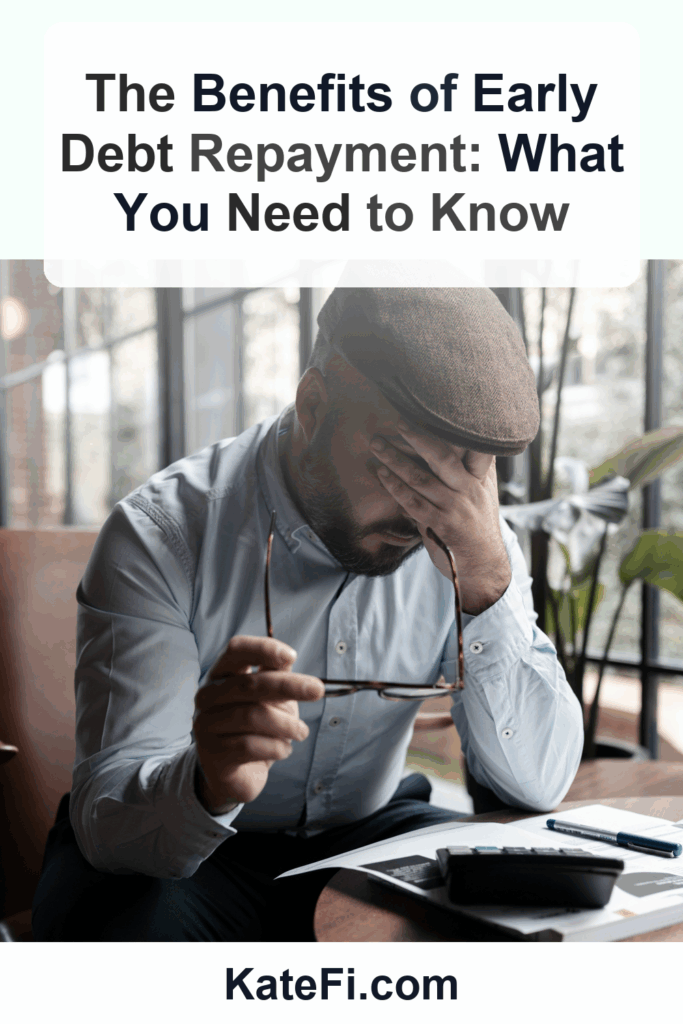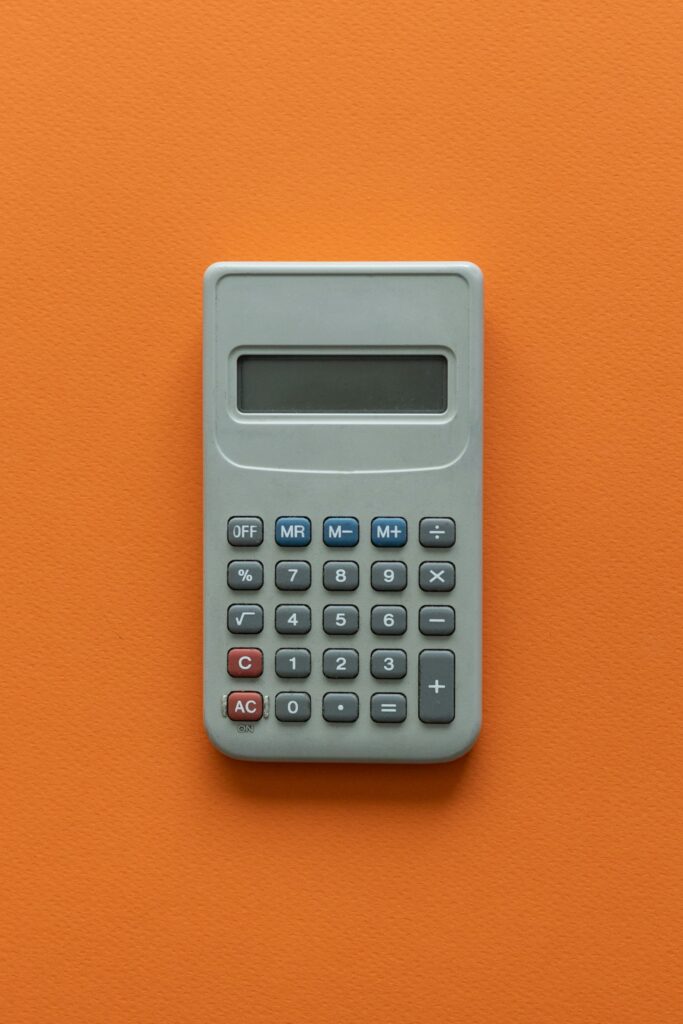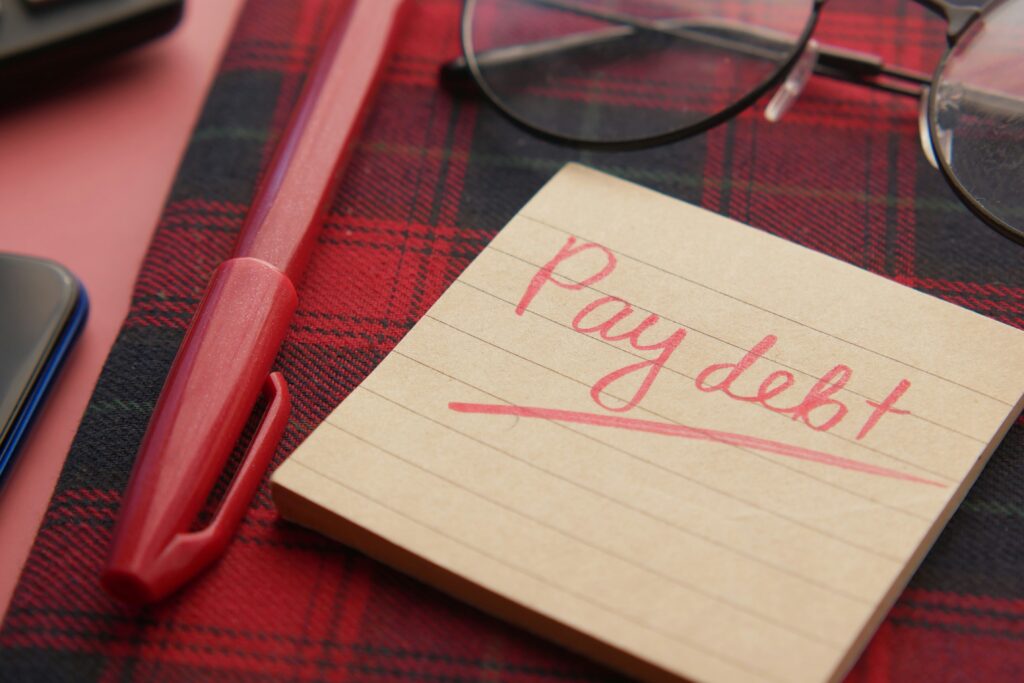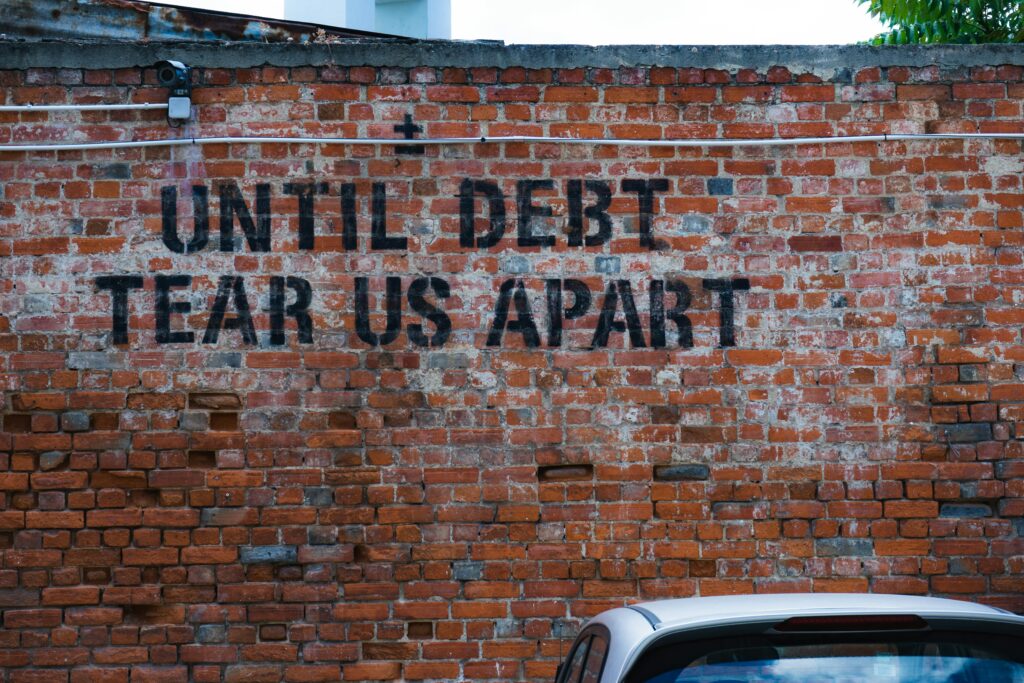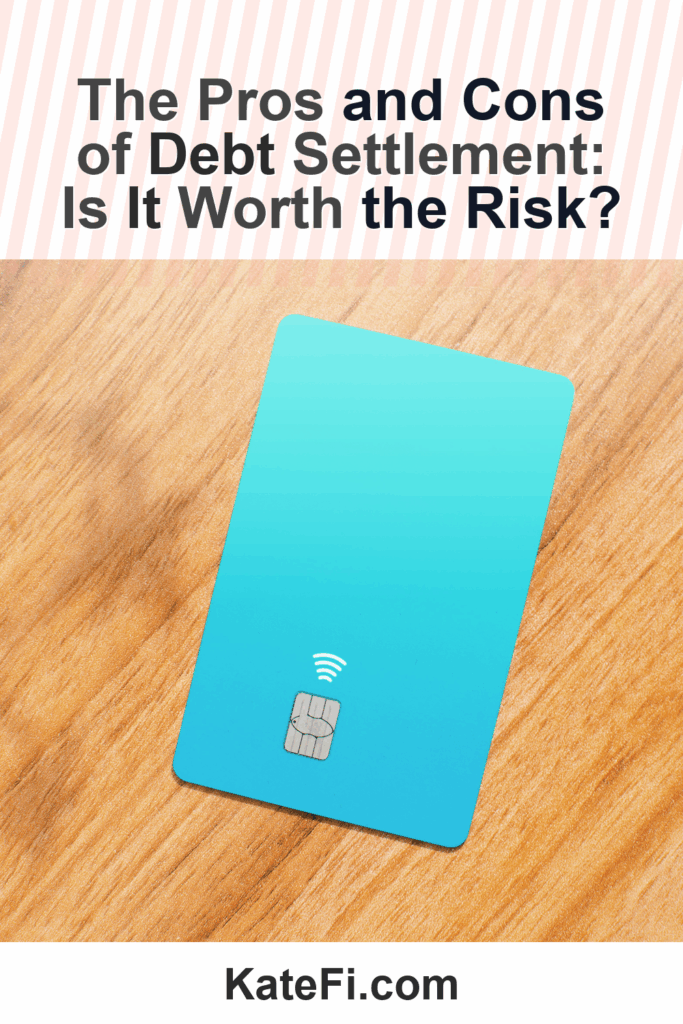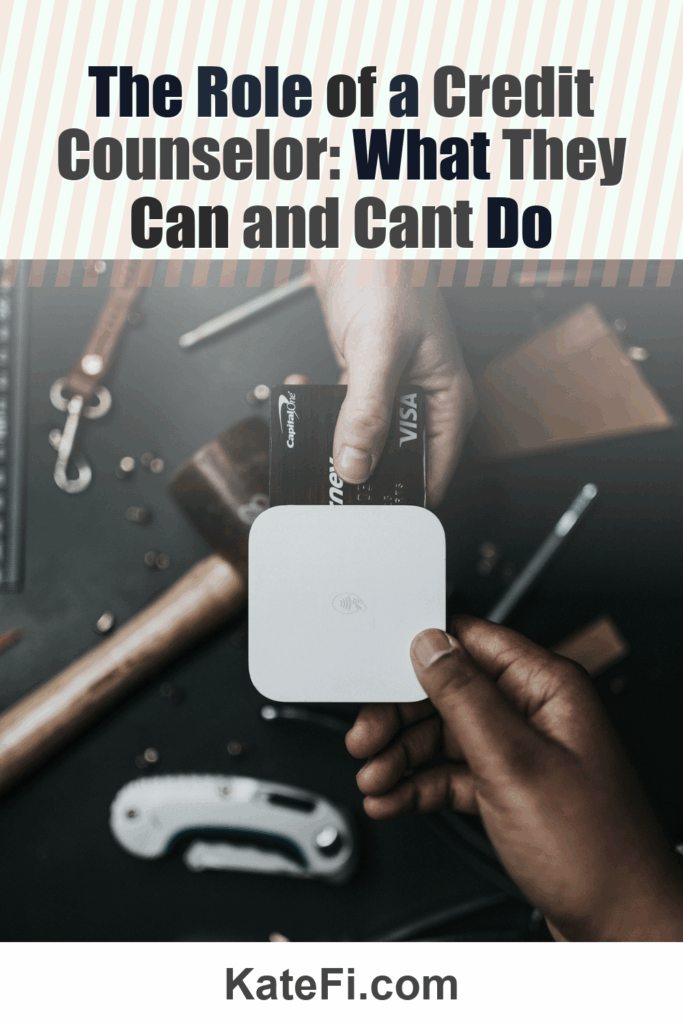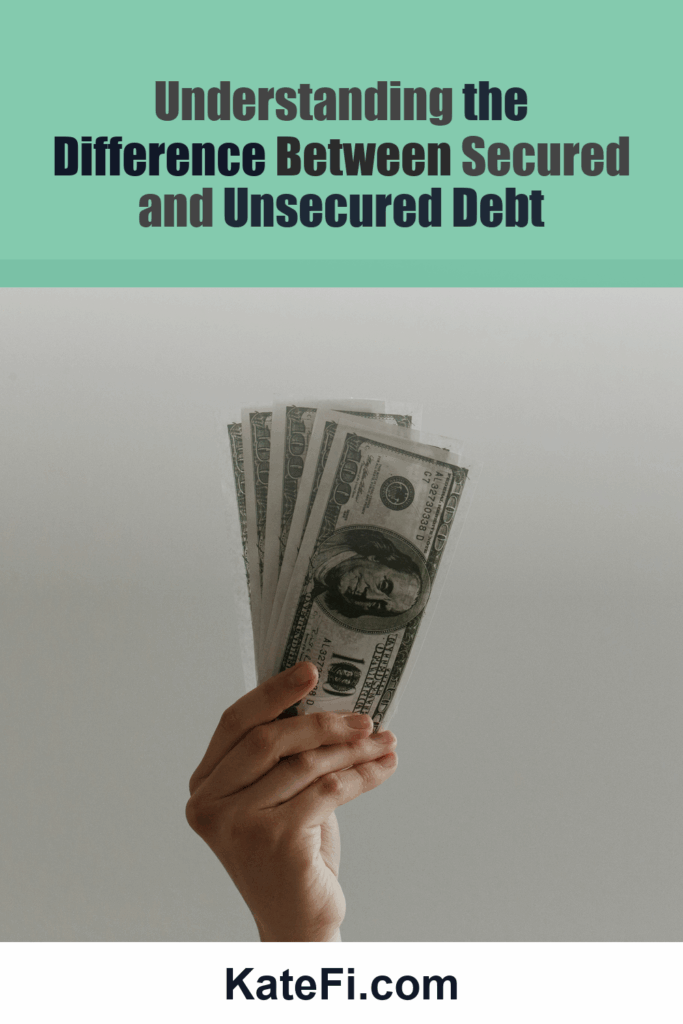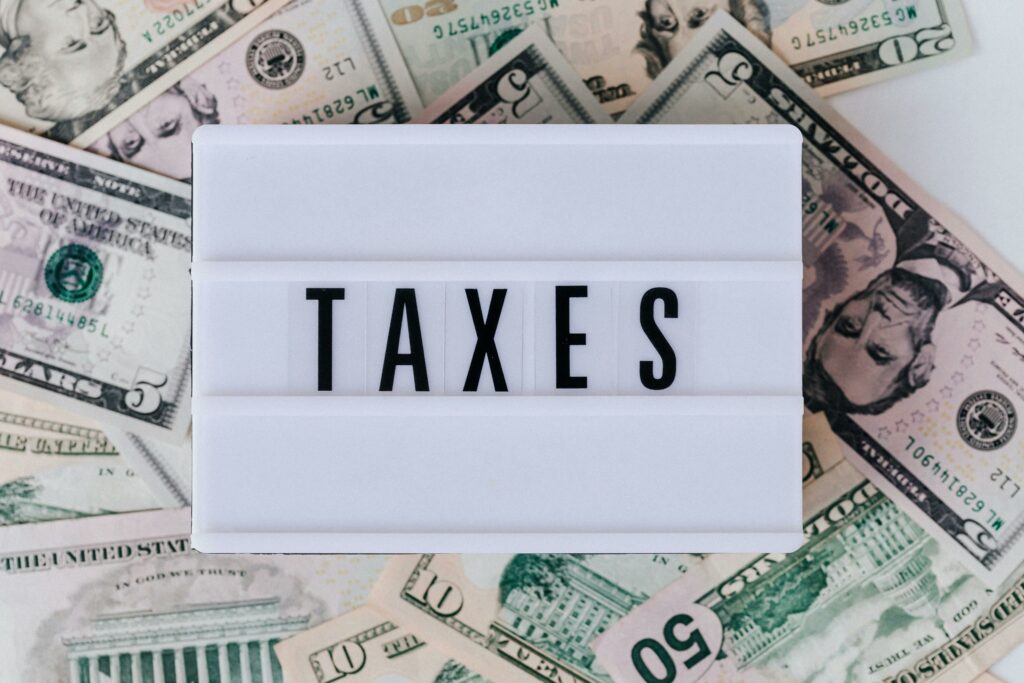Credit Impact: How Different Debt Relief Methods Affect Your Score
Debt can feel like an overwhelming burden, but there are various debt relief methods that can help you regain control of your finances. However, it’s crucial to understand how these methods impact your credit score and what to look out for to avoid scams. In this guide, we will explore different debt relief options, their effects on your credit score, and provide you with valuable resources, checklists, and scripts to help you navigate this complex landscape safely.
Love our content? Show your support by following us — pretty please!🥺
FOLLOW ON PINTEREST
Hi! I’m Kate, the face behind KateFi.com—a blog all about making life easier and more affordable.
✅ See If You Qualify for Debt Relief
1. Understanding Your Credit Score
What You’ll Learn on the Call
- Estimated timeline and monthly payment range
- How credit may be affected in the short term
- What documents to gather to move faster
Not available in IL, KS, OR, TN, UT, WV.
Before diving into the various debt relief methods, it’s essential to understand what affects your credit score. Your credit score is a reflection of your creditworthiness, which lenders use to determine your ability to repay loans. Key factors influencing your score include:
- Payment History (35%): Your track record of on-time payments.
- Credit Utilization (30%): The ratio of your credit card balances to credit limits.
- Length of Credit History (15%): How long your credit accounts have been active.
- Types of Credit (10%): The variety of credit accounts you have.
- New Credit (10%): Recent credit inquiries and new accounts.
Knowing this helps you understand how debt relief options can impact these elements.
2. Common Debt Relief Methods and Their Credit Impacts
Lower Your Unsecured Debt
If you have $5,000+ in credit card or personal loan debt, a free consult can review options like settlement or hardship plans.
- One-on-one call to review your debts and goals
- See potential monthly payment reductions
- No obligation to enroll
Not available in IL, KS, OR, TN, UT, WV.
Here’s a list of popular debt relief methods and how each one could impact your credit score:
| Debt Relief Method | Credit Impact |
|---|---|
| Debt Consolidation | Can improve score if payments are made on time |
| Debt Settlement | Significant drop initially, but potential recovery |
| Bankruptcy | Major negative impact for years |
| Credit Counseling | Typically neutral, may improve score over time |
| Debt Management Plan | Neutral to positive, if payments are consistent |
| DIY Debt Payoff | Positive impact if managed effectively |
| Credit Card Balance Transfers | Can improve score if managed properly |
| Personal Loans for Debt Payoff | Positive if payments are made on time |
| Informal Payment Arrangements | Varies based on the agreement |
Each of these methods comes with its own set of pros and cons. Let’s explore them in detail.
3. Debt Consolidation
👉 Start Your Free Debt Relief Review
Not available in IL, KS, OR, TN, UT, WV.
Debt consolidation involves combining multiple debts into a single loan, often at a lower interest rate. This can simplify your payments and may improve your credit score if you make timely payments on the new loan.
Checklist:
- Research lenders and loan terms.
- Gather existing debt information (amounts, interest rates).
- Check your credit report for errors.
4. Debt Settlement
Debt settlement involves negotiating with creditors to pay a lump sum that is less than what you owe. While this method can reduce the overall debt, it can significantly lower your credit score, especially if you stop making payments to reach a settlement.
Warning Signs of Scams:
- Promises to settle your debts quickly.
- High upfront fees before service.
- Lack of transparency about fees and services.
✅ See If You Qualify for Debt Relief
5. Bankruptcy
Declaring bankruptcy should be a last resort. It provides legal protection from creditors, but it will severely damage your credit score and remain on your credit report for up to 10 years.
Steps to Take:
- Gather all financial documents (income, debts, assets).
- Consult with a bankruptcy attorney for tailored advice.
- Evaluate alternatives before proceeding.
6. Credit Counseling
Credit counseling involves working with a certified credit counselor to create a personalized budget and repayment plan. This method typically has a neutral effect on your credit score but can lead to improvement if you follow the plan diligently.
Documents to Gather:
- Monthly income statements.
- Current debts (credit cards, loans).
- Monthly expenses.
7. Debt Management Plans (DMP)
DMPs are structured repayment plans offered by credit counseling agencies. Your payments are made to the agency, which then distributes the funds to creditors. This can improve your credit score over time if payments are consistent.
Checklist for DMP:
- Research accredited credit counseling agencies.
- Verify the agency’s reputation and certifications.
- Be aware of any associated fees.
✅ See If You Qualify for Debt Relief
8. Do-It-Yourself Debt Payoff
For those who prefer to take matters into their own hands, DIY debt payoff can be a viable option. By systematically paying down your debts using strategies like the snowball or avalanche method, you can improve your credit score over time.
Practical Steps:
- List all debts from smallest to largest.
- Create a repayment plan based on your budget.
- Stay disciplined and track progress regularly.
9. Understanding Informal Payment Arrangements
Informal arrangements are agreements you make directly with your creditors to change payment terms. These arrangements can vary widely in terms of credit impact, depending on how you manage them.
Tips for Negotiation:
- Prepare to explain your financial situation.
- Propose a reasonable payment plan.
- Get the agreement in writing.
✅ See If You Qualify for Debt Relief
10. Protecting Yourself from Scams
With the rise in demand for debt relief options, scams are increasingly prevalent. Here’s how to safeguard yourself:
- Research the company: Look for reviews and check for accreditation with organizations like the National Foundation for Credit Counseling.
- Ask questions: A legitimate service should be transparent about fees and processes.
- Never pay upfront fees: Scammers often ask for payment before services are rendered.
Conclusion
Navigating the world of debt relief can be challenging, but understanding the credit impacts of various methods can empower you to make informed decisions. While each option has its advantages and disadvantages, knowing how to protect yourself from scams is paramount.
As you consider your options, remember that you don’t have to go through this process alone. If you’re unsure where to start or need personalized advice, getting a free consultation can be a valuable first step.
You have the power to reclaim your financial health. By exploring your options and choosing the right path, you can find a way to relieve your debt without compromising your credit score or falling victim to scams.
Important: This content is for education only—not legal, tax, or financial advice. Results and eligible programs vary by situation and state. Fees apply if you enroll and complete a program. Debt relief can affect credit; missed payments may lead to collections/lawsuits. Not available in IL, KS, OR, TN, UT, WV.



